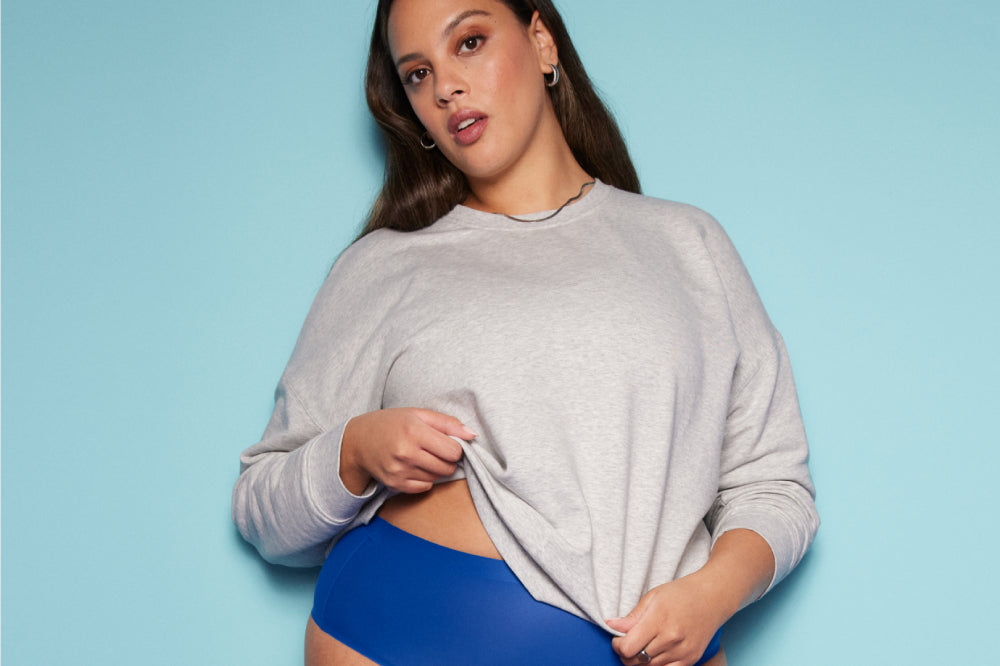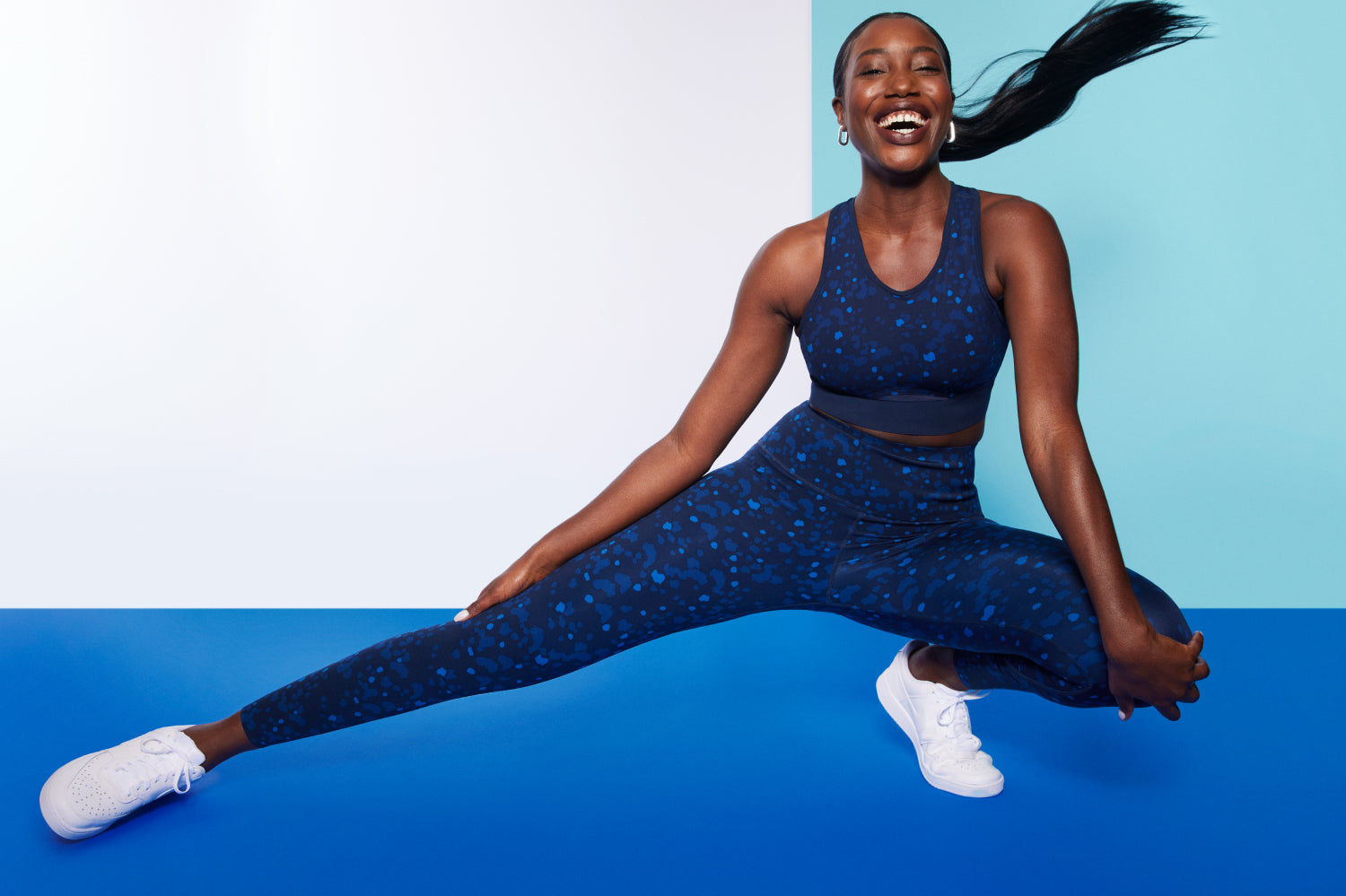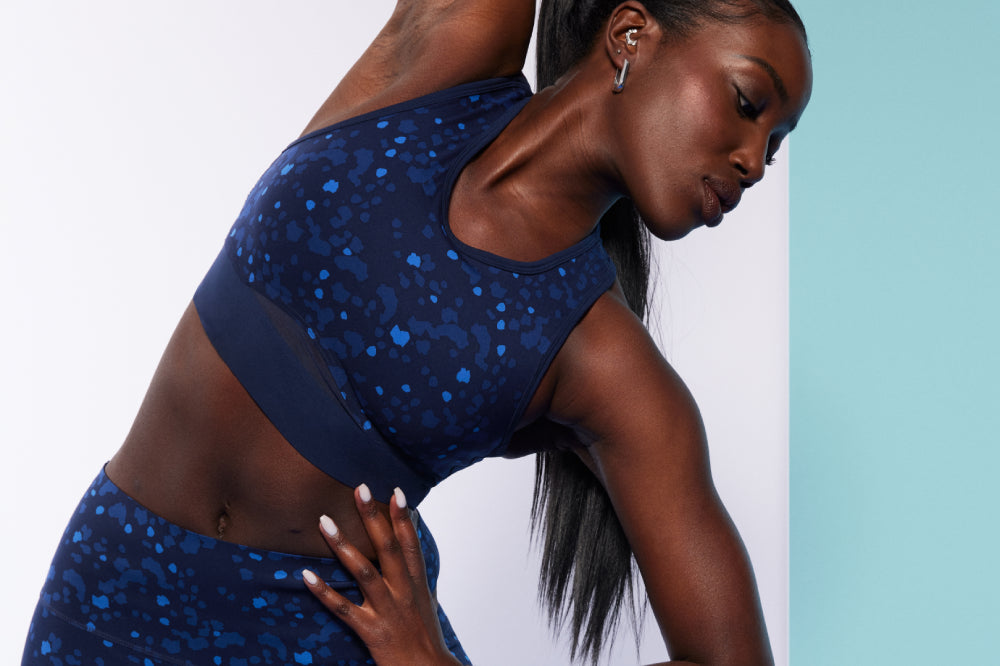The Best Types of Movement for Every Phase of Your Hormonal Cycle
If you’ve ever felt hostage to your hormones, you’re not just imagining things. The average hormonal cycle among menstruators is roughly 28 days and comprises four phases: menstruation, the follicular phase, ovulation, and the luteal phase.
Certain phases are conducive to bursts of energy and high stamina, while others make it difficult to summon the zeal for even the most relaxed movement sessions. As your hormones fluctuate, so can your ability to lift heavy things or run that 5K you could have sworn felt less arduous just last week.
The major theme here is to listen to your body. Everyone’s hormonal cycle looks and feels a little different — and pushing yourself to the max may not always be the answer. Rather, syncing exercise to your natural rhythms can feel like an exploration of what your body needs (or is capable of) during any given phase.
With that, here’s a guide to your hormonal cycle’s many moving parts and the forms of exercise that may be better suited to each. But, don’t forget, you know your body’s unique inner workings better than anyone, so do what feels best for you.
Menstrual Phase
Collectively, this may be just about everyone’s least favorite phase: your period. Cue the period undies, ibuprofen, and drawstring pants. Naturally, as your progesterone levels plummet to their lowest point, working out may be the last thing on your mind.
If that’s the case (especially during the early days of your period), lean into self-care and pampering. Resting is key during this phase, including light movement. As your hormone levels gradually increase, it’s a great time to focus on restorative yoga poses, stretching, and relaxing nature walks. Forest bathing, anyone?
During this three to seven day cycle, your uterus is doing the hard work of shedding the lining it’s been building all month. Supporting your body during this phase can take myriad forms — whether it’s hanging out in downward dog or going for a light jog.
Follicular Phase
As your hormone levels gradually begin to increase during this roughly 11-day phase (which also, technically, includes your period) you may still find your stamina running low. Post-menstruation, as your estrogen and testosterone levels begin their slow and steady ascension, your body is preparing for ovulation.
It’s a good time to check in with your energy levels to see what kind of movement might serve you best. Though hormones remain low, gradual increases in energy might make it a good time to embark on a hike or flow-based yoga and pilates sessions that work up a sweat.
Mid-level intensity workouts tend to be best suited for this phase, which lends itself to moderate strength training and cardio. But, as always, tune into what works for your body.
Ovulation Phase
You wake up with radiating skin and lustrous hair. It could be your new skin routine or the Olaplex but, chances are, you’re ovulating. This three to five day cycle is as cherished as it is short lived.
Characterized by boosts of energy, increased hormone production, and the aforementioned beauty benefits, the ovulation phase is the optimal time for high-intensity exercise. Movement sessions that may have just a week ago felt draining may now seem like a fun challenge.
If you feel like pushing yourself, opt for high intensity interval training (HIIT), boxing, strength training, and other high-energy workouts that will maximize this burst of vitality.
Luteal Phase
Just like that, we’re (almost) back at the start. Post-ovulation, your body is gearing up for another glorious period. Dwindling hormone levels mean energy reserves may be feeling depleted, making light-to-moderate exercise feel most favorable.
It’s a slow decline into Netflix binge and dark chocolate territory that typically lasts around 12 to 14 days (long, we know). Don’t worry, those reserves of energy from ovulating will still hang around for a bit, making it a great time to schedule in slightly more intense workouts.
Otherwise, as your progesterone levels rise, while your testosterone and estrogen levels wane, pilates, vinyasa yoga, brisk walks, and moderate strength training might be just what you need. If ovulation is akin to intensity, then think of your luteal phase as akin to restoration — a time to gently lull yourself into another phase of period-induced restfulness.
On any given day, your body is likely telling you what it needs. Cycle-syncing your workout schedule is just another way you can practice listening, helping you foster a deeper sense of inner-knowledge.
—
We hope you found this post informative — but remember: we’re not doctors and this post is not medical advice! While all posts are fact-checked and well researched, we always recommend you chat with your doctor about any questions or concerns you might have regarding a medical condition. We’re here to support and educate, but never with the aim of disregarding professional medical advice you’ve been given. Phew, now that that’s out of the way, you can go on living unapologetically free.














